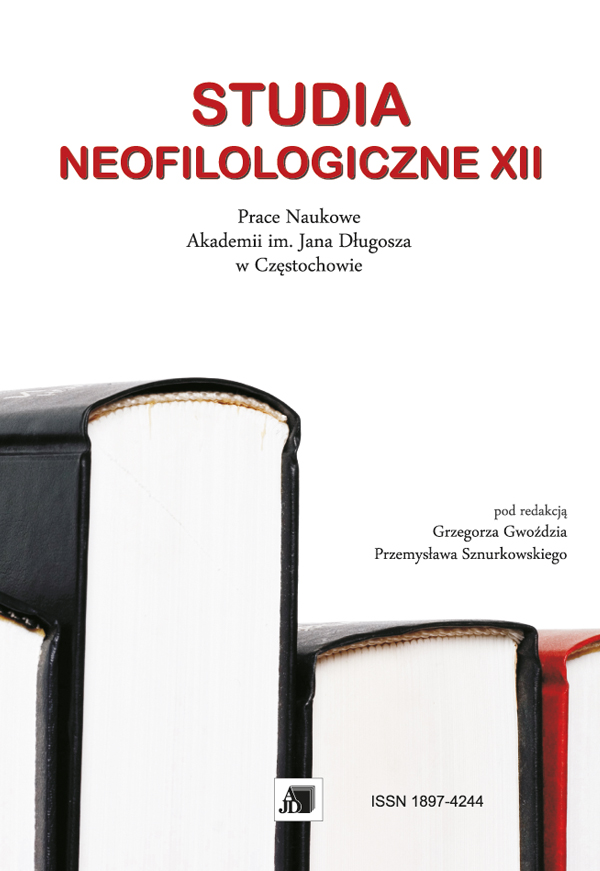ANALYSIS OF HENRIK GOTTLIEB’S TRANSLATION STRATEGIES ADOPTED BY THE INTERNET GROUP HATAK IN THE TRANSLATION OF THE FIRST EPISODE OF “HOUSE OF CARDS”
ANALYSIS OF HENRIK GOTTLIEB’S TRANSLATION STRATEGIES ADOPTED BY THE INTERNET GROUP HATAK IN THE TRANSLATION OF THE FIRST EPISODE OF “HOUSE OF CARDS”
Author(s): Grzegorz Gwóźdź, Katarzyna BąkSubject(s): Language and Literature Studies, Translation Studies
Published by: Uniwersytet Jana Długosza w Częstochowie
Keywords: translation strategies; audiovisual translation; TV series; Hatak
Summary/Abstract: In the recent years subtitles have become an inseparable audio-visual translation strategy in Poland. However, the subject literature is scarce and there are only few studies in Polish-English or English Polish subtitling strategies, which scrutinize the complex process of rendering the source language message into its target language equivalent. Considering the large quantity of foreign movies, mostly British and American TV series, available both online and on private TV channels, this paper aims at analyzing translation strategies applied by the informal internet group known as “Hatak” in English-Polish translation of the first episode of an American TV series “House of Cards”. In accordance with Henrik Gottlieb’s typology, the paper explores the following translation strategies: transfer, paraphrase, condensation, dislocation, deletion, resignation and imitation. It analyzes separately each technique, referring to original SL expression and the message produced in TL, as well as confirms that these strategies are frequently applied together to deliver an audience-oriented text, bearing in mind language and cultural awareness and technical requirements imposed on subtitling technique. Besides linguistic investigation into subtitling strategies, the ongoing analysis brings up the subject of formal constraints, which are time and space, and their consequences on translator’s work finally projected on screen in the form of one or two lines of synchronized written text. Finally, it is believed that the presented study is just an introduction to more complex and detailed analysis of English-Polish strategies applied by Polish translators.
Journal: Prace Naukowe Akademii im. Jana Długosza w Częstochowie. Studia Neofilologiczne
- Issue Year: XII/2016
- Issue No: 12
- Page Range: 107-119
- Page Count: 13
- Language: English

